Some things that students learned in Agronomy/Soil Sciences, while others learned by trial and error. Soil pH and nutrients. Soil pH ranges from 0-14 with a pH of 7 being neutral, anything lower the soil is acidic, anything higher the soil is alkaline. Plants thrive best in their pH, i.e., Azaleas, Kalmia, Rhododendrons, Blueberries, and Conifers prefer acidic soils, so for those who want to use urine in the garden, those are the plants to feed, approximately a pH of 5.0 while garden vegetables prefer a pH of 6.0. Generally clay soils are more acidic compared to sandy soils. The fall is the best time to apply lime, so it is absorbed by the soil for the coming season and pulverized works the fastest at raising the pH. Wood ashes can also be used to raise the pH because it contains potassium, phosphate and boron. Many woody plants, including Blueberry develop iron chlorosis when grown in alkaline soil and that is often confused with nitrogen deficiency(yellowing of the leaves), but the deficiency can be corrected by lowering the pH with either aluminum sulfate or sulpher which takes longer to reduce the pH because of the interaction of soil bacteria but don’t get either material on leaves and if you do hose the plants down. If you are raising acidic loving perennials and your garden bed in general is near a pH of 7.0 throw in a handful of aluminum sulfate, along with bone meal, when planting. Because of coal fired power plants most of the rain that falls in the USA is acidic. Now for the N-P-K, Nitrogen, Phosphorus, Potassium. If a bag of fertilizer says 10-10-10 then that is the percentage by weight of the nutrients in the bag, the rest is filler and phosphate will triple this year in price so stock up on fertilizer and own fertilizer stocks. Nitrogen primarily “greens up” the plants and affects vegetative growth. Nitrogen deficiency in plants occurs when the leaves turn yellow or the plant stops growing and excessive nitrogen is noticed by fast spindly growth with weak shoots. Phosphorus, bone meal, is important for healthy roots and the lack of phosphorus exhibits lack of blooms with lush green foliage. Potassium or potash is the key in the formation of cholorphyll and it is known to help with disease resistance and a potash deficiency occurs when fruits are small and sickly blooms. Remember nutrients work in the soil for plants when they are planted in the proper pH and any lack can affect the plants viability. Here are soil amendments: http://www.planetnatural.com/site/soil-amendments.html








































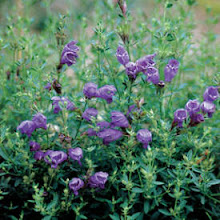
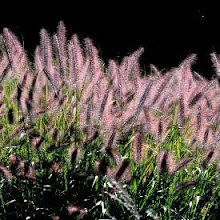

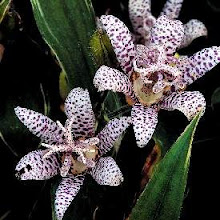

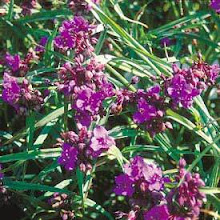



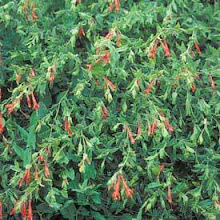
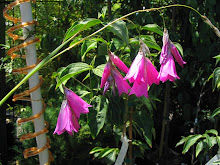





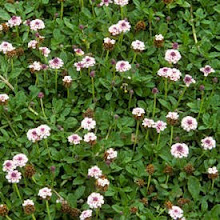
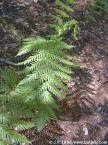









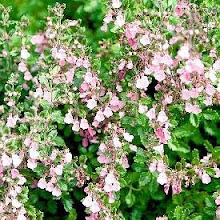

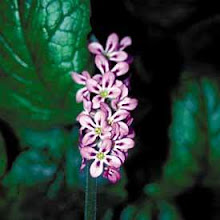

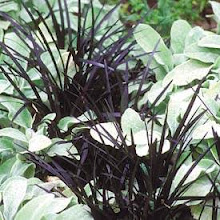


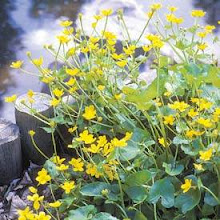









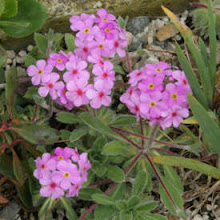



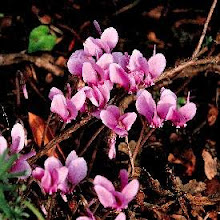

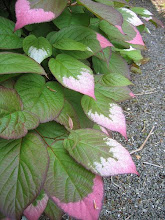
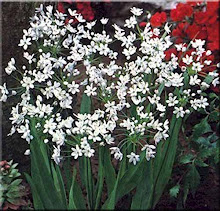
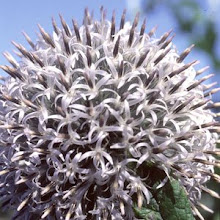



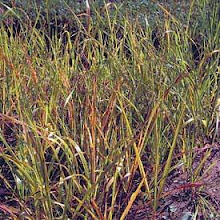

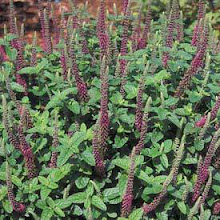





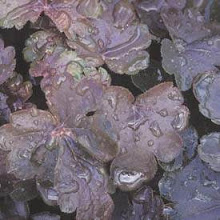








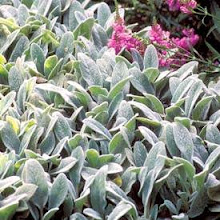

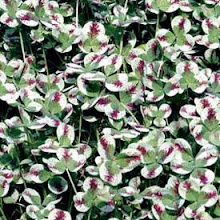


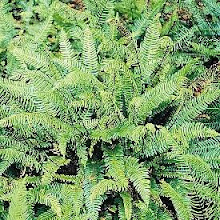

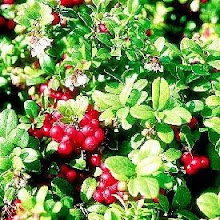



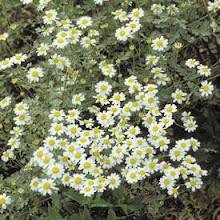
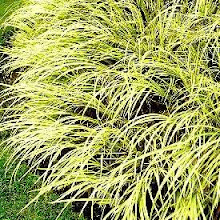










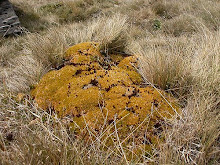
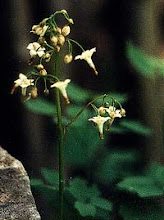


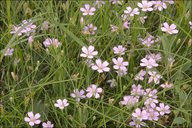

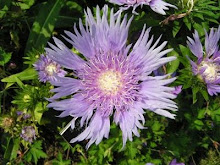












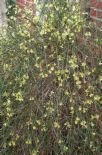






































































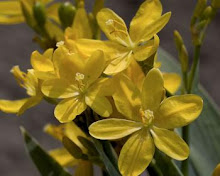










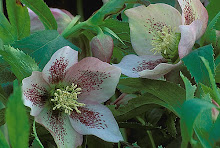












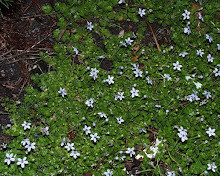




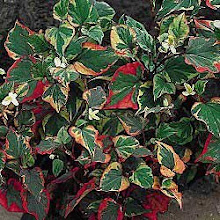







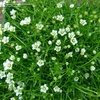
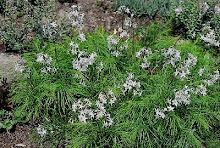















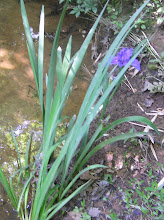




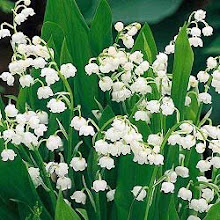






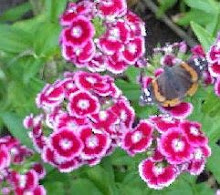










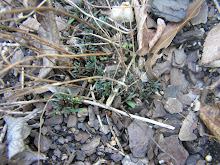

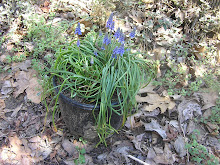
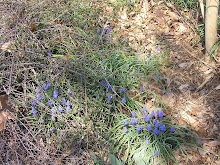
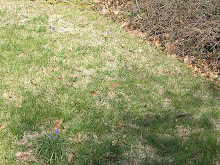


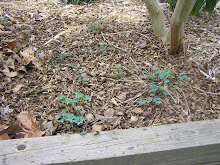

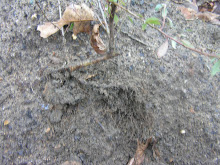
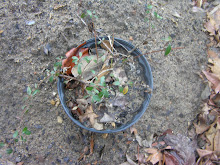


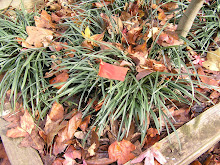
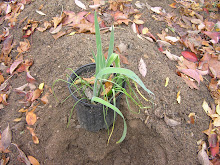


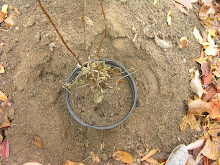
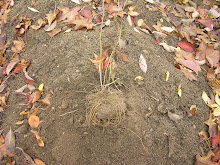
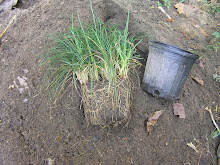

No comments:
Post a Comment